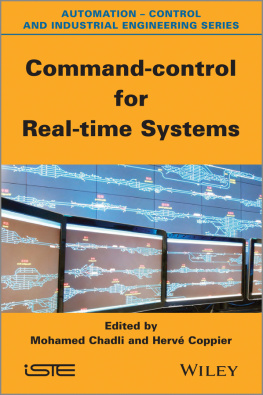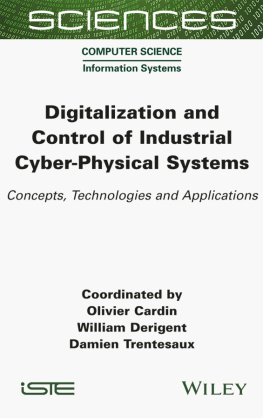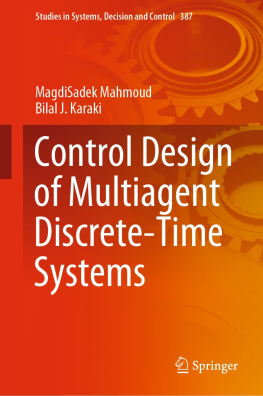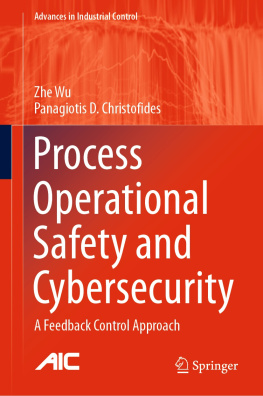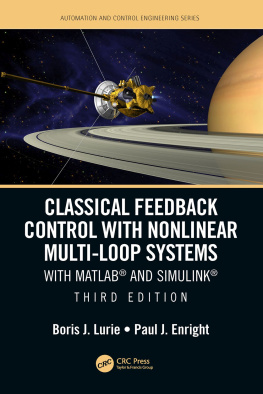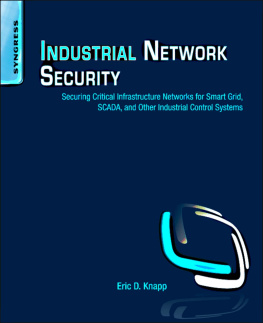Mohammed Chadli - Command-control for Real-time Systems
Here you can read online Mohammed Chadli - Command-control for Real-time Systems full text of the book (entire story) in english for free. Download pdf and epub, get meaning, cover and reviews about this ebook. year: 2013, publisher: Wiley-ISTE, genre: Computer. Description of the work, (preface) as well as reviews are available. Best literature library LitArk.com created for fans of good reading and offers a wide selection of genres:
Romance novel
Science fiction
Adventure
Detective
Science
History
Home and family
Prose
Art
Politics
Computer
Non-fiction
Religion
Business
Children
Humor
Choose a favorite category and find really read worthwhile books. Enjoy immersion in the world of imagination, feel the emotions of the characters or learn something new for yourself, make an fascinating discovery.
- Book:Command-control for Real-time Systems
- Author:
- Publisher:Wiley-ISTE
- Genre:
- Year:2013
- Rating:4 / 5
- Favourites:Add to favourites
- Your mark:
Command-control for Real-time Systems: summary, description and annotation
We offer to read an annotation, description, summary or preface (depends on what the author of the book "Command-control for Real-time Systems" wrote himself). If you haven't found the necessary information about the book — write in the comments, we will try to find it.
A real-time system is a complex system which is an integral part of an industrial or experimental system, a vehicle or a construction machine. The peculiarity of these systems is that they are driven by real-time targets in distributed environments.
Command-control for Real-time Systems presents the calculation of correction for industrial systems of different physical natures, their implementation on real-time target industrial systems (PLC-SCADA, embedded systems with distributed networks, Networked Control Systems) and their validation by simulation. It optimizes industrial processes by the use of automatic tools, industrial computing and communications networks and aims to successively integrate new control laws (linear, nonlinear and fuzzy controllers) so that users can leverage the power of engineering science as an automatic service process optimization while maintaining their high maintainability facilities.
Contents
1. Introduction.
2. Modeling Tools, Sbastien Cabaret and Mohammed Chadli.
3. Control Tools, Mohammed Chadli and Herv Coppier.
4. Application to Cryogenic Systems, Marco Pezzetti, Herv Coppier and Mohammed Chadli.
5. Applications to a Thermal System and to Gas Systems, Sbastien Cabaret and Herv Coppier.
6. Application to Vehicles, Elie Kafrouni and Mohammed Chadli.
7. Real-time Implementation, Marco Pezzetti and Herv Coppier.
About the Authors
Mohamed Chadli is a senior lecturer and research supervisor at the University of Picardie Jules Verne (UPJV) in France. His main research interests lie in robust control, the diagnosis and fault tolerant control of polytopic systems and applications for automobiles. He is a senior member of the IEEE, and Vice President of the AAI Club as part of SEE-France. He is the author/co-author of 3 books, book chapters and more than 100 articles published in international journals and conferences.
Herv Coppier is a lecturing researcher at ESIEE-Amiens in France. He has collaborated with industrialists in the field of automation and industrial computing, particularly with CERN, and has spearheaded various international European projects.
Mohammed Chadli: author's other books
Who wrote Command-control for Real-time Systems? Find out the surname, the name of the author of the book and a list of all author's works by series.

